White snakeroot has opposite leaves which tend to be flat at the base, have regularly serrated edges, and come to a point. The plant tends to have an orderly, symmetric form, often branching and forming a relatively thick shape, but its leaves frequently show evidence of insect damage, both trails from leaf borers, and chunks taken out of the leaf by larger insects.
It grows to 3 feet tall under ideal conditions, but is often shorter.
The flowers are white, in small clusters near the end of each stem. A given plant will typically branch, and bloom in several clusters. Flowers appear in late summer to fall, with a few plants occasionally starting to bloom mid-summer. The flowers are followed by seedheads with wind-dispersed seeds.
This plant looks similar to plants of the Eupatorium genus, which go by the common name of "Boneset". White snakeroot used to be placed in this genus. These plants are still close relatives, but are now classified in a separate genus. Another close relative is the blue mist flower, Conoclinium coelestinum, which looks similar but blooms blue, and is slightly harder to grow, needing more consistent moisture.


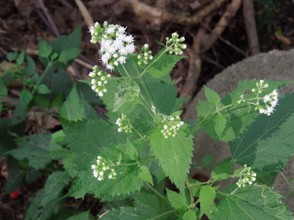
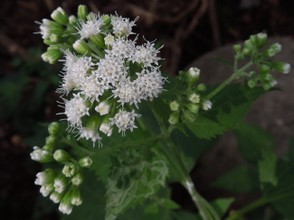
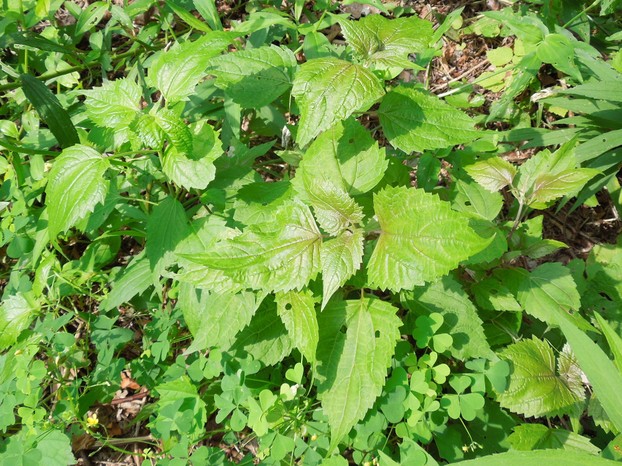
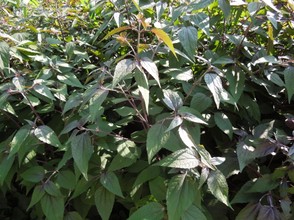
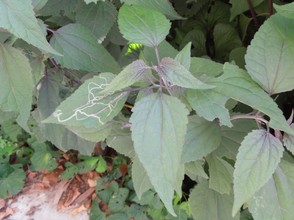
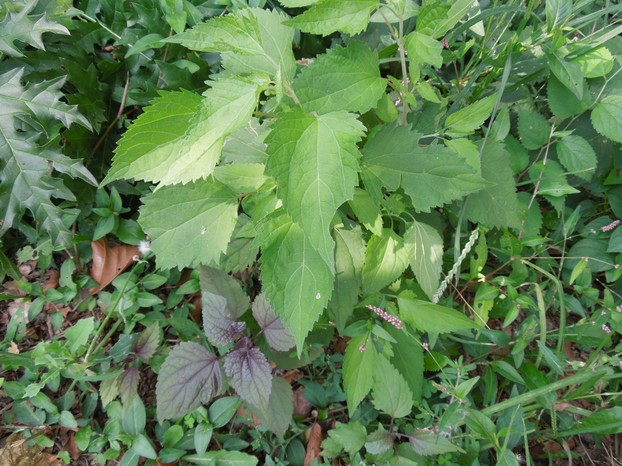



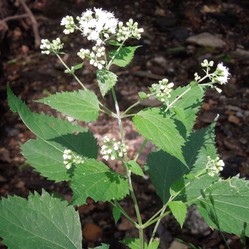

 The Shaming of Femininity and Elevation of Masculinityon 07/13/2017
The Shaming of Femininity and Elevation of Masculinityon 07/13/2017
 What is Genderqueer or Non-Binary Gender?on 10/16/2015
What is Genderqueer or Non-Binary Gender?on 10/16/2015
 Resources for Learning Spanish Free Onlineon 04/13/2016
Resources for Learning Spanish Free Onlineon 04/13/2016
 Ways Native Plants Can Help Control Invasive Plantson 05/26/2016
Ways Native Plants Can Help Control Invasive Plantson 05/26/2016
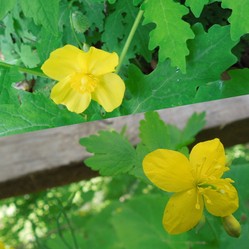
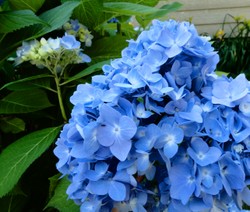
Questions? Comments? Feedback?
Thank you! No, I'm not a science teacher, but I have taught mathematics before, and I probably know more about plants and ecology than I do about mathematics! =)
Are you a science teacher? Well done. Very interesting and informative.
I've become hugely fond of this plant. There are some severely degraded woods behind my current apartment, and it's one of the few native plants that was growing there, holding its own against the numerous invasive plants.
I also have found it great for attracting wildlife. It is ignored by deer and rabbits, which makes it great for overgrazed areas, but it is eaten by numerous insects, which are in turn eaten by birds, and the seeds are also eaten by birds. Even a single plant creates a whole ecosystem!
I was thinking of adding more to this page on it because I've learned more about its relationships to animals, during the time since I wrote this article.
Interesting article. I like its flowers. Would not have imagined the dairy farm problem, but, of course, you're right :)